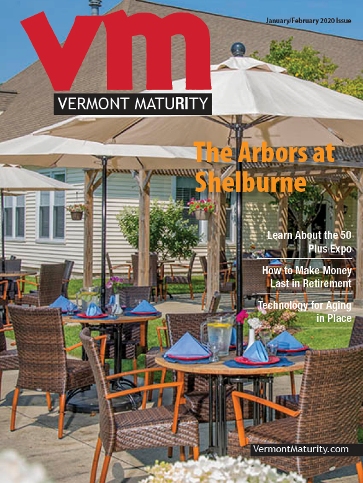
Falls are a common concern for many elderly adults and their families, especially during the coronavirus pandemic when many seniors are sheltering at home alone.
Each year, more than 1-in-4 older Americans fall, making it the leading cause of both fatal and nonfatal injuries for those age 65 and older. But many falls can be prevented. Depending on what’s causing someone to fall, here are some different tips that can help prevent it.
Encourage Exercise
Weak leg muscles and poor balance are two of the biggest risk factors that cause seniors to fall. Walking, strength training and tai chi are all good for improving balance and strength, as are a number of balance exercises you can do anytime like standing on one foot for 30 seconds then switching to the other foot, and walking heel-to-toe across the room.
For additional balance and leg strengthening exercises, see AgeBold.com.
Review Medications
Do you take any medicine, or combination of medicines, that make you dizzy, sleepy or lightheaded? If so,make a list or gather up all the drugs you’re taking – prescriptions and over the counter – and contact your doctor or pharmacist for a drug review and adjustment.
Get a Vision Test
Poor vision can be another contributor to falls, so seniors should get their eyes checked once a year and be sure to update their eyeglasses if needed. Also be aware that if you wear bifocal or progressive lenses, they too can cause falls, especially when walking outside or going down steps. These lenses can affect depth perception, so they may want to get a pair of glasses with only a distance prescription for outdoor activities.
If you are concerned about a trip into her eye doctor during the pandemic, you can get your vision tested online. Contact your eye doctor about this option, or consider some online vision testing sites like Essilor.com.
Fall-Proof Your Home
There are a number of simple household modifications you can do to make your living area safer. Start by arranging or moving the furniture so there are clear pathways to walk through and pick up items on the floor that could cause you to trip like newspapers, shoes, clothes, electrical or phone cords. If you have any throw rugs, remove them or use double-sided tape to secure them.
In the bathroom buy some non-skid rugs for the floors and a rubber suction-grip mat or adhesive non-skid tape for the floor of the tub or shower, and have a carpenter install grab bars in and around the tub/shower for support.
Also, make sure the lighting throughout the house is good, purchase some inexpensive plug-in nightlights for the bathrooms and hallways, and if you have stairs, put handrails on both sides.
Choose Safe Footwear
Going barefoot or wearing slippers or socks at home can also cause falls, as can wearing backless shoes, high heels, and shoes with smooth leather soles. The safest option is rubber-sole, low-heel shoes.
Purchase Some Helpful Aids
If you need some additional help getting around, get a cane or walker. Also, to help ensure your safety, consider getting a medical alert device that comes with a wearable emergency button that would allow you to call for help if you were to fall or need assistance.
Jim Miller publishes the Savvy Senior, a nationally syndicated column that offers advice for Boomers and Seniors.
Related Articles & Free Subscription

Aging in Place Through Universal Design
Diet and Exercise Help Prevent Fractures







Comment here